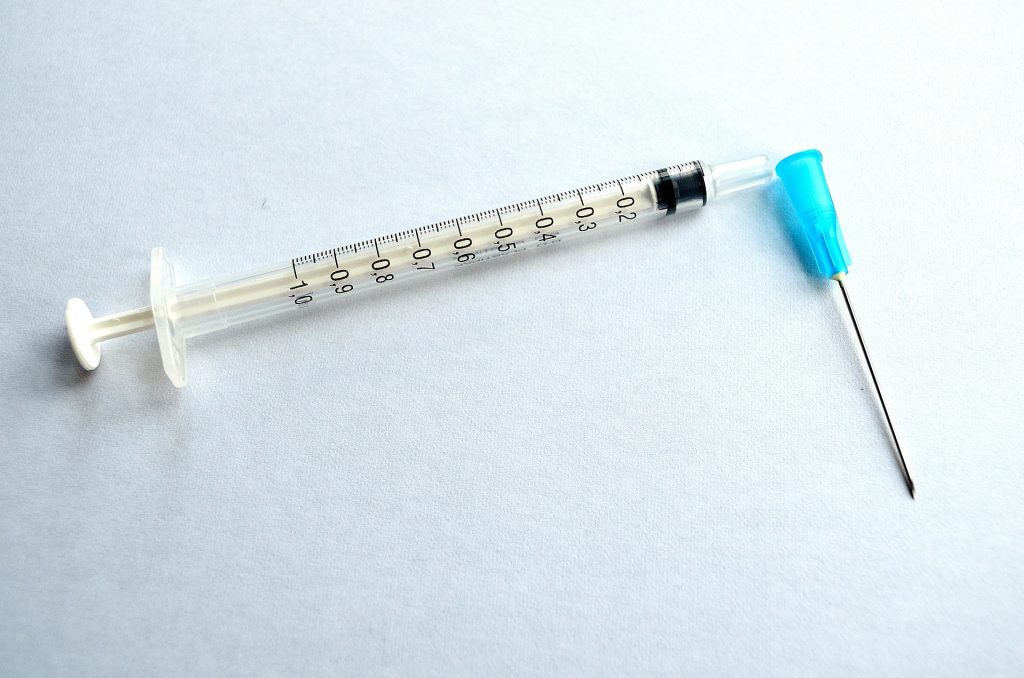The treachery of HIV and the consequences of becoming infected with it is nothing more than carelessness of the people themselves. Yes, indeed, HIV infection is a serious disease. Today, there is no vaccine against it and it is completely incurable. But with timely diagnosis and subsequent HAART (highly active antiretroviral therapy), the life expectancy of HIV-positive patients is no different from the average values. The drugs taken throughout life inhibit the development of HIV infection and people live to a very old age – 70 – 80 years. Following the recommendations of specialists, they lead a normal lifestyle – they work, get married, travel and even have healthy children. The main thing is to recognize the first signs of the disease in time and seek help by having free HIV testing Los Angeles.

The first signs of HIV infection
Self-medication is a bad habit. If you feel unwell, we diagnose ourselves, prescribe medications, thereby ignoring the symptoms in the early stages of HIV infection. At this time, the virus is already actively attacking the cells of our immune system and destroying it. The following signs indicate the progression of the process.
- Enlarged lymph nodes – on the neck, groin, in the armpits.
- Candidiasis (thrush), including in the oral cavity.
- Night sweats.
- Prolonged diarrhea.
- Unreasonable nausea and vomiting.
- A sharp decrease in body weight.
- Fever.
- Skin rashes.
Very often, the first symptoms of HIV infection resemble SARS and the flu. The patient is in fever, he is experiencing muscle and headaches. He has aching joints, inflamed mucous membranes of the mouth and pharynx. But soon all the unpleasant symptoms disappear on their own and the next stage of HIV infection occurs, when the disease does not give itself away.
HIV is a human immunodeficiency virus. Penetrating into the body, it affects the cells of the immune system, which causes the development of HIV infection – a slowly progressive disease. Without adequate treatment, it becomes AIDS – acquired immune deficiency syndrome. A clear distinction between these concepts helps to understand what happens to the human body at each stage of the disease. It is very important not to miss this period of time, because for the next years (8-10 years) a person will live, feel normal and not even suspect that he is sick with HIV infection. However, he infects other people during unprotected intercourse. But most importantly, he spends precious time. Indeed, without treatment it leads to the inevitable stage of the development of HIV infection – AIDS.
Disease development: from infection to AIDS
The human immunodeficiency virus belongs to the family of retroviruses. At its core, it is a virion – a particle consisting of a shell and a protein-nucleic acid complex. Outside the host cell, it shows no signs of biological activity. But as soon as the HIV virion joins a living cell of immunity (T-lymphocyte), it merges with it and transfers its genetic information to it. An immunity cell infected in this way is unable to perform its functions and is a favorable environment for virion replication – HIV begins to create its own copies. New virus particles bud, enter the bloodstream and find a new host cell. An old virus carrier cell dies, and new T-lymphocytes fall under the scope. And so on ad infinitum! Until the immune system is completely destroyed.
- HIV enters the body – infection with a virus
- Virions begin to attack T-lymphocytes – the incubation period.
- The number of replicated virions increases dramatically – the acute phase.
- The reproduction rate of HIV is balanced by the body’s immune response – a latent stage in which there are no symptoms.
- The number of replications is growing, and the number of healthy T-lymphocytes is steadily decreasing – the immune system does not fulfill its functions and AIDS develops.
Thus, infection and HIV infection are not fatal to humans. Carrying out antiretroviral therapy (HAART) can suppress the activity of the virus, inhibiting the progression of the disease. In fact, the patient is constantly in a latent stage and leads a familiar lifestyle.

